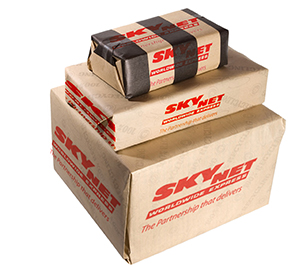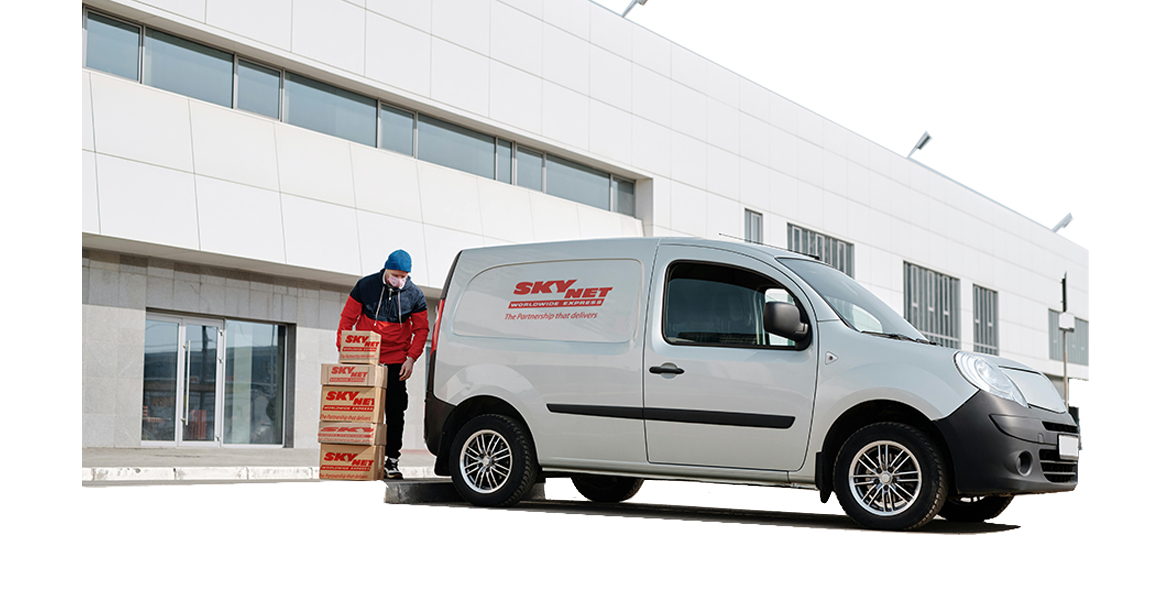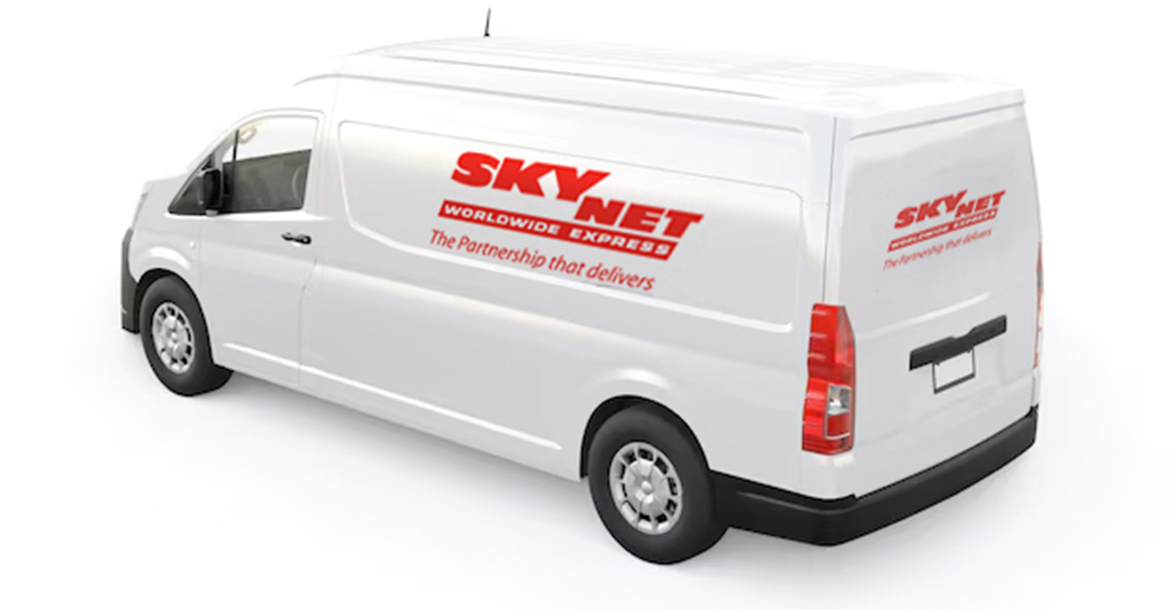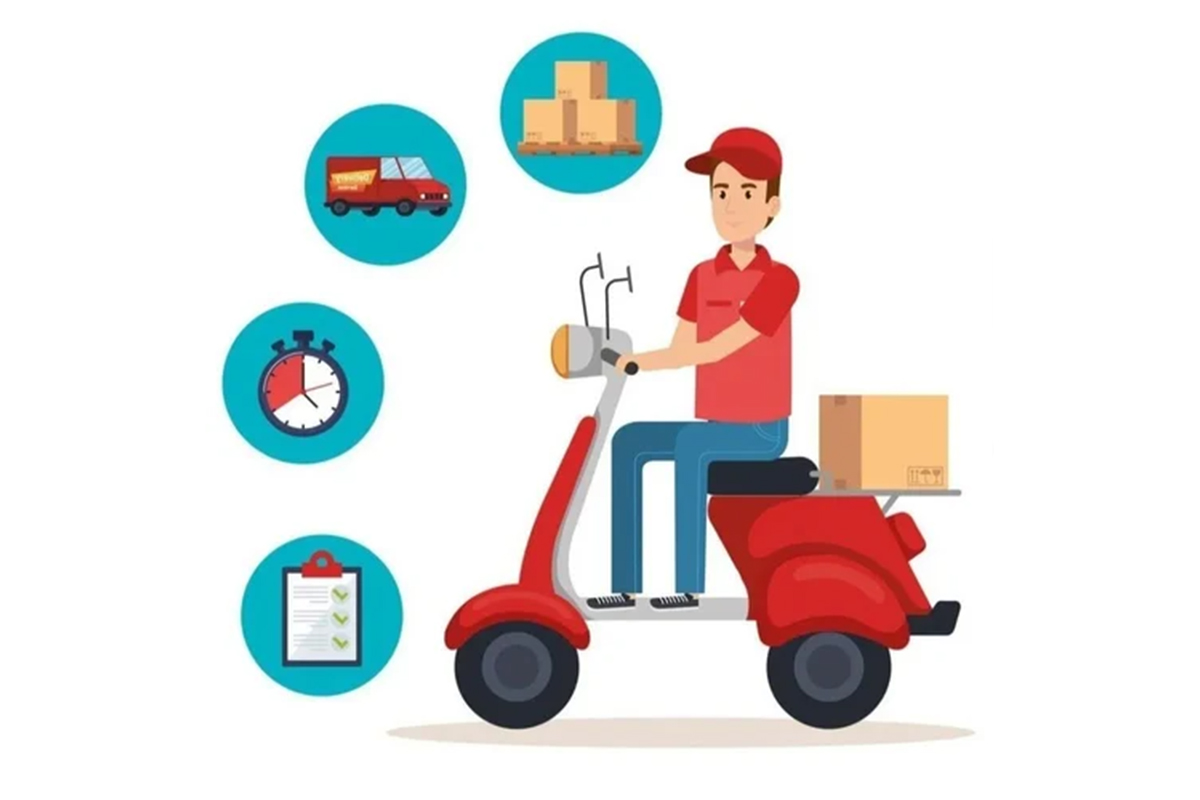Introduction
Weather-related disruptions cost businesses $150 billion annually in supply chain delays and damaged goods (World Bank).
In East Africa, where seasonal rains, extreme heat, and humidity are common, protecting shipments from weather damage isn’t just an option—it’s a necessity.
For exporters, importers, and logistics managers, safeguarding cargo ensures on-time deliveries, reduces financial losses, and maintains customer trust.

This guide covers:
- 1. Common weather risks in East Africa’s supply chains
- 2. Proactive packaging strategies for different climates
- 3. How Skynet Rwanda’s weatherproof logistics work
- 4. Real-world case studies of resilient shipping
1. Weather Risks in East Africa: Key Threats to Your Cargo
A. Heavy Rains & Flooding
- Impact: Soaked packaging, mold growth, and delayed truck routes (e.g., Northern Corridor closures during April rains).
- Vulnerable Goods: Paper documents, electronics, textiles.
East Africa’s climate won’t change, but your logistics strategy can. By combining smart packaging, climate tech, and proactive planning, businesses can turn weather risks into competitive advantages.
.

B. Extreme Heat & Humidity
- Impact: Warped plastics, spoiled perishables, battery leaks.
- Vulnerable Goods: Pharmaceuticals, food, cosmetics.
C. Dust & Dry Winds
- Impact: Jumia and Wasoko require agile last-mile logistics.
- Vulnerable Goods: Contaminated machinery, scratched surfaces.
- Manufacturing: Automotive parts, medical devices.
2. How to Weatherproof Your Shipment: 5 Protective Strategies
A. Choose the Right Packaging
- Waterproofing: Use polyethylene-lined boxes or vacuum-sealed bags for electronics.
- Insulation: Thermal blankets for temperature-sensitive items (e.g., vaccines).
- Reinforcement: Double-walled crates for heavy machinery.
Pro Tip: Skynet provides complimentary weather-risk assessments to recommend optimal packaging.

B. Label for Climate Risks
- Use ISO-standard symbols like "Keep Dry" (🌧️) or "Temperature Sensitive" (🌡️).
- Add handling instructions in local languages (Swahili, French, English).
C. Opt for Climate-Controlled Transport
- Refrigerated Trucks: for perishables (2–8°C or -20°C options).
- Dehumidified containers: for electronics.
D. Plan Around Weather Forecasts
- Avoid road shipments during peak rainy seasons (March–May, October–December).
- Use air freight for urgent high-risk shipments.
E. Insure High-Value Cargo
- All-risk marine insurance: covers floods, storms, and humidity damage.
- Skynet partners with local insurers for discounted business rates
3. How Skynet Rwanda Minimizes Weather Risks
A. Protected Fleet & Warehousing
- Waterproof Tarpaulin Trucks: Shield cargo from rain during transit.
- Climate-Controlled Warehouses: Humidity-regulated storage in Kigali and Mombasa.
B. Real-Time Weather Monitoring
- AI-powered rerouting: Avoid flooded roads or storms.
- SMS alerts: Notify clients of delays before they happen.
C. Specialized Handling
- Desiccant Packs: Absorb moisture in electronics shipments.
- Impact-Resistant Crating: For fragile items in rough terrain.
4. Case Study: Saving a $50K Pharma Shipment
Challenge: A Rwandan healthcare client needed to transport temperature-sensitive malaria vaccines to South Sudan during rainy season.
Skynet’s Solution:
- Packaging: VIP (Vacuum Insulated Panel) boxes with 72-hour cold retention.
- Transport: Dedicated refrigerated truck with backup power.
- Route: Avoided flood-prone Nimule border via alternative routes.
Result: Zero spoilage, delivered within 48 hours.
Conclusion: Weatherproofing = Cost Savings
East Africa’s climate won’t change, but your logistics strategy can.
By combining smart packaging, climate tech, and proactive planning, businesses can turn weather risks into competitive advantages.
Need a weatherproof logistics partner?
- 📞 Call Skynet Rwanda: (+250)733500120
- 📧 Email: Skynetkgl@gmail.com
- 🌐 Explore Routes: www.skynetwwe.com

